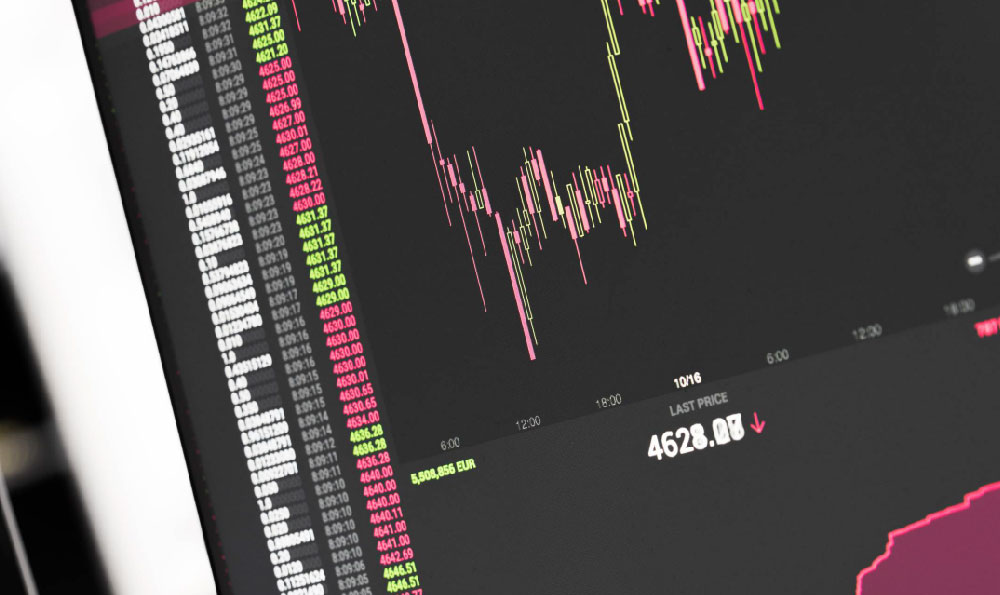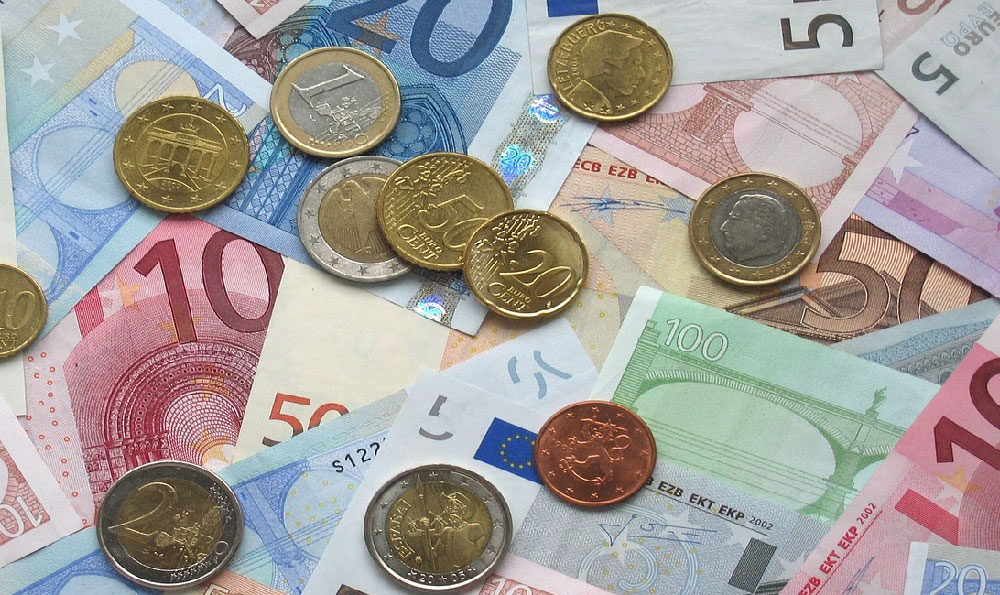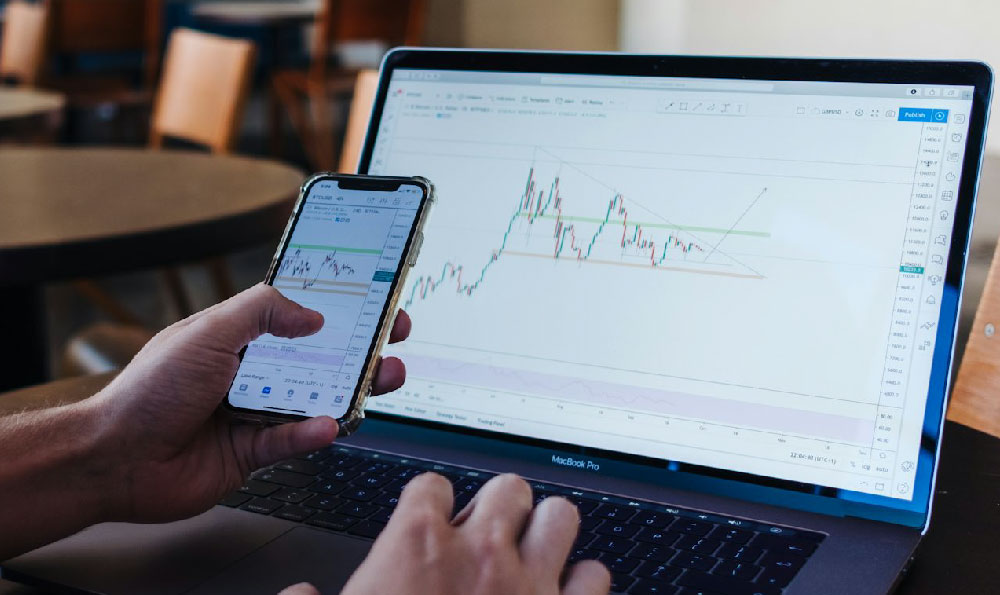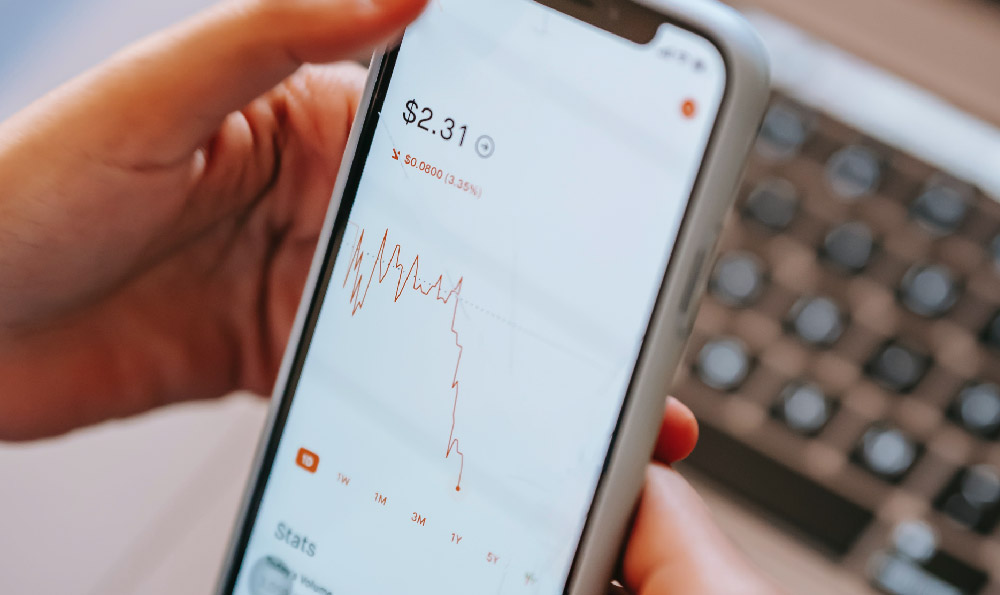George Soros is a name synonymous with financial acumen and audacious investment strategies. He amassed his fortune, estimated in the billions, through a combination of astute market analysis, a willingness to take calculated risks, and a profound understanding of global economic and political dynamics. Examining his career reveals a tapestry of key strategies that contributed to his extraordinary success.
One of Soros's defining characteristics is his adoption of reflexivity, a concept he developed based on the work of Karl Popper. This theory posits that investor perceptions can influence the very events they are trying to predict. In essence, the market's perception of a company or economy can drive its performance, creating a self-fulfilling prophecy. Soros utilized this understanding to identify imbalances and exploit the discrepancies between market perception and underlying reality. He believed that if investors could recognize and leverage this feedback loop, they could profit immensely.
His famous bet against the British pound in 1992, which earned him over $1 billion, is a prime example of reflexivity in action. Soros recognized that the pound was overvalued within the European Exchange Rate Mechanism (ERM). He perceived that the UK government was unlikely to sustain the high interest rates required to maintain the pound's parity with the Deutschmark. He believed that if enough investors shared this perception, it would create a downward spiral for the pound. Capitalizing on this, he took a massive short position, betting that the pound would fall. As other investors followed suit, influenced by the growing consensus that the pound was unsustainable, the pressure mounted on the Bank of England. Ultimately, the British government was forced to devalue the pound and withdraw from the ERM, validating Soros's analysis and cementing his reputation.

Beyond reflexivity, Soros employed a contrarian investment philosophy. He sought opportunities in markets that were unpopular or undervalued, often going against the prevailing sentiment. This required a rigorous independent analysis and the courage to act when others were hesitant. He didn't simply follow the herd; instead, he aimed to identify opportunities where the market's perception was misaligned with the true value. This contrarian approach allowed him to acquire assets at favorable prices and capitalize on future market corrections.
Another crucial element of Soros's success was his proactive risk management. While he was willing to take significant risks, he always meticulously assessed and managed his exposures. He understood the importance of diversification and used a combination of hedging strategies to protect his investments. He recognized that even the most well-researched positions could be subject to unforeseen circumstances, and he implemented safeguards to limit potential losses. He was never afraid to cut his losses quickly, acknowledging that preserving capital was essential for long-term success.
Soros also demonstrated a strong ability to identify and exploit macroeconomic trends. He possessed a deep understanding of global economics and political dynamics, which allowed him to anticipate shifts in market conditions and position himself accordingly. He paid close attention to factors such as interest rates, inflation, currency movements, and geopolitical events, recognizing that these factors could significantly impact investment performance. This macroeconomic awareness enabled him to make informed investment decisions and to anticipate future market movements.
Furthermore, Soros surrounded himself with a team of talented analysts and traders. He recognized that he couldn't do it all alone and relied on the expertise of others to provide him with valuable insights. He fostered a culture of open communication and encouraged debate, allowing him to gain a more comprehensive understanding of the market. He empowered his team to take calculated risks and rewarded them for their successes. This collaborative approach contributed significantly to his overall investment performance.
Soros's philanthropic activities, primarily through the Open Society Foundations, also indirectly contributed to his financial success. By investing in promoting democracy, human rights, and social justice, he gained a deeper understanding of the political and social forces shaping the world. This knowledge allowed him to make more informed investment decisions and to anticipate potential risks and opportunities. His philanthropic work also enhanced his reputation and credibility, further solidifying his position as a respected and influential figure in the financial world.
It's important to acknowledge that Soros's strategies are not without their critics. Some argue that his interventions in currency markets have destabilized economies and harmed developing countries. Others question the ethical implications of profiting from market dislocations. However, regardless of these criticisms, his ability to generate significant returns over a long period is undeniable.
In summary, George Soros's wealth accumulation can be attributed to a combination of factors: his development and application of the theory of reflexivity, his adoption of a contrarian investment philosophy, his meticulous risk management practices, his ability to identify and exploit macroeconomic trends, his collaboration with a talented team, and his engagement in philanthropic activities. His story serves as a testament to the power of intellectual curiosity, rigorous analysis, and a willingness to challenge conventional wisdom in the pursuit of financial success.












